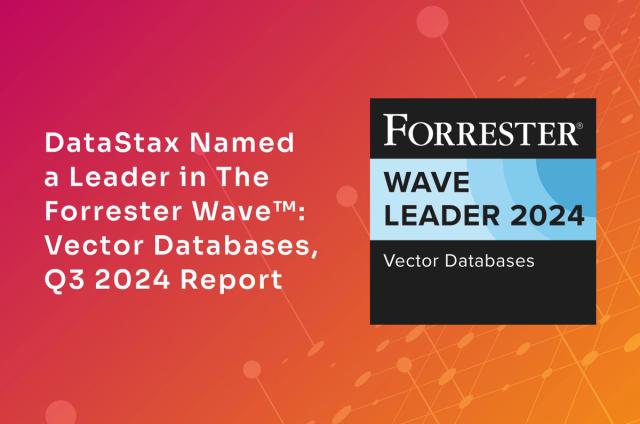How a Distributed Cloud Database Works for eCommerce

More than 50% of consumers prefer to shop online rather than in–store. Among Millennials, that number jumps to 67 percent.
Is your brand keeping pace with these expectations?
With mobile technology, being able to browse, compare, purchase and move between devices throughout the buyer’s journey is fast becoming the expected norm. Customers have shown that it isn’t really the product anymore that earns their loyalty—it’s the experience around the product and the company selling it. And they’ll waste no time jumping ship if that experience goes awry. You have to be able to keep pace with the online shopping experience customers expect.
What Kind of Database Best Supports eCommerce Applications?
To really support ecommerce in the Right-Now Economy, enterprises must be able to provide highly available applications that can access multiple systems of record (e.g. customer account details, inventory levels, tax and shipping location data, etc.) in real time to deliver a robust, high-performance experience to their customers.
The best way to do this is via a distributed cloud database, particularly one made for hybrid cloud.
A distributed cloud database offers the contextual, always-on, real-time, and scalable capabilities, what we call The Five Dimensions, that give customers the seamless experiences they want and your brand the ability to glean key insights, scale to demand, and conduct read/writes anywhere you need.
As you innovate on customer experience B2B or B2C web or online commerce, using a distributed cloud database offers the following benefits:
- Increases revenue since ecommerce apps can run 24×7, 365 days a year and since they can stay up during peak times
- Increases revenue through omnichannel capabilities
- Improves financial realization with real-time pricing based on relevant factors
- Increases customer visibility to your product catalog through search
- Reduces/eliminates staff in low value-add positions, such as order entry
What Does a Powerful Database for eCommerce Look Like in Action?
As the world’s largest online marketplace, eBay serves 171 million customers with one billion live listings. To support data at that extreme scale, they use DataStax Enterprise, which handles 6 billion writes and 5 billion reads every day.
The company continues to innovate and understands the value of being able to rapidly analyze it’s massive assortment of structured and unstructured data. All of this needs to happen with personalization, scalability, and the capability for customers to organize search results by product instead of by listing with just one click on their mobile device. To achieve all of this, eBay deploys DataStax Enterprise across multiple data centers to innovate on inventory management while still providing a great customer experience.
eBay is just one of leading brands stepping up the ecommerce experience. Walmart, Macy’s, Microsoft, Comcast—they’re all gaining a competitive upper hand by relying on a distributed cloud database to fuel their ecommerce innovation, drive better customer experiences, and leverage valuable insights from massive amounts of data.
If your brand is not using a distributed cloud database, now is the time to explore what it can do for you and your customers.




